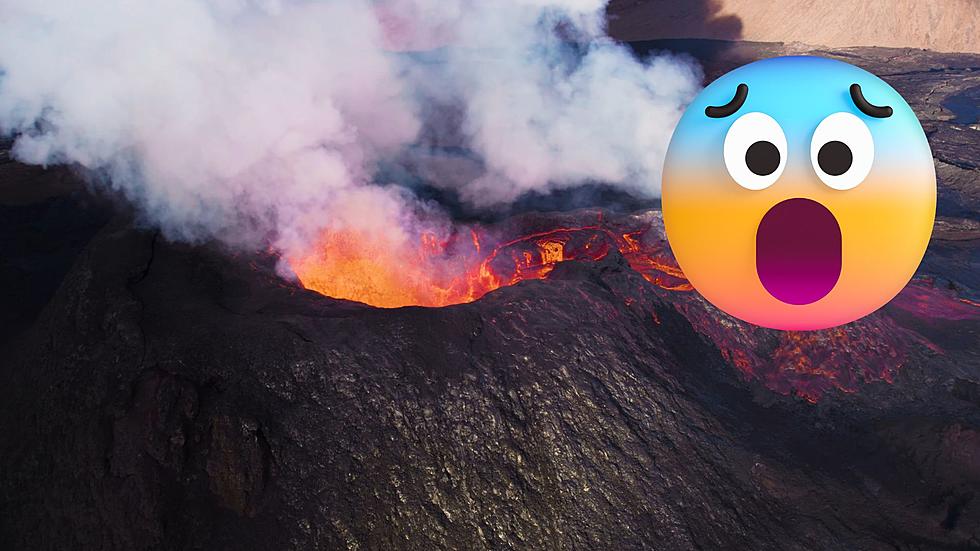
Keep An Eye Out For Deer On North Dakota Roads This Fall
While it's important to keep an eye out for deer crossing the road at any time of year, during fall and winter it's important to be especially vigilant.
This time of year, as young deer leave their home areas, drivers should be alert for deer along highways.
The peak season for deer-vehicle collisions is from early October to mid-December. After nightfall, drivers are recommended to drive more slowly and cautiously to lessen the possibility of coming across deer. The most common times for deer-vehicle collisions are dawn and dusk, when deer are most active.
Drivers need to be alert for warning signals when deer are nearby. Search for a second or third deer to follow when you observe one deer cross the road. Keep an eye out for signage warning of the Deer Crossing Area on the roads.
Sometimes deer-vehicle collisions are unavoidable. If only the vehicle is damaged in an accident, law enforcement officials do not need to be contacted. The collision must be recorded, though, if there were any injuries or other property damage.
In addition, a permission is necessary in order to possess deer that have died on the road. Game wardens and local law enforcement can provide free permits.
The following measures can reduce the likelihood of injury or property damage in a deer-vehicle collision make sure to always buckle up in a car.
Avoiding a deer by swerving or using the ditch is not advised.
If you see a herd of deer up ahead, instantly slow down and honk your horn.

5 Bigfoot Eyewitness Accounts in Idaho That Will Keep You Up At Night
More From KEYZ AM 660









